Utilising 醫健通eHealth App for Health Management
In the future, the醫健通eHealth App will become more important for empowering the public in self-health management and disease prevention. To enhance its user experience, utilisation rate and popularity, the development team listened to the views of different stakeholders to ensure the App could best meet users’ needs and thus benefit more citizens.
From design to launch, the development team of 醫健通eHealth App (App) has met various stakeholders in order to collect different opinions for meeting users’ every requirement. Two community organisers from the Society for Community Organization, Mr. Lin Wai Kiu and Mr. Pang Hung Cheong, who are responsible for elderly affairs and patient right respectively were one of the many interviewees. They unanimously agreed that the App could help users effectively manage the health of their own and family members, and thanked the development team for adopting lots of suggestions from the patient groups.
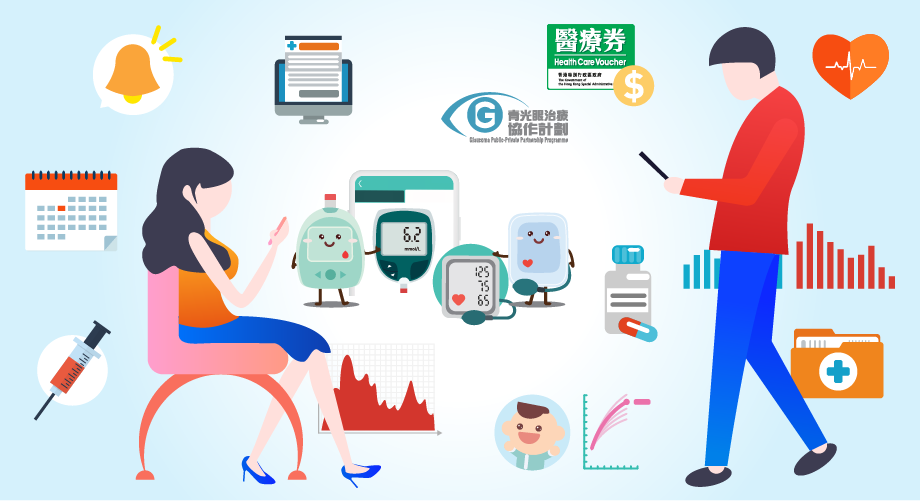
Comprehensive Electronic Health Records in Hand
According to Mr. Lin, for those elderly with weaker memory, poor health condition or without carer, they always faced difficulties in managing their health after receiving treatments or follow-up consultations. For example, they needed to spend time and effort in managing and keeping the paper health records etc. Yet, now with this App, not only could they view the attendance and appointments, medications and vaccination records, etc. in this one-stop electronic platform conveniently that helped to remind themselves taking the medicines on time, it could also help healthcare professionals and caretakers in the community, such as pharmacists and social workers, to better understand their health condition. It was no longer required to rely on the elderly’s verbal description, piecemeal information or scattered treatment records for evaluation.
Mr. Pang expressed that the App was well accepted by the patients for facilitating self-health management. For example, the unified format and design allowed users to check their electronic health records (eHRs) at a glance with ease. He also appreciated the team’s effort paid in the development process. “The development team has actively engaged the representatives of the patient groups through ongoing communication since the initial development stage. The team has organised several briefings to introduce the functions of the App and listen to the views from the patients after use. Taking into consideration of the comments, they optimised the App’s functions to improve the layout design and the operational interface, with an aim to best meet users’ needs. Such ‘user-centric’ approach has successfully encouraged patients to use the App for managing their health,” he said.
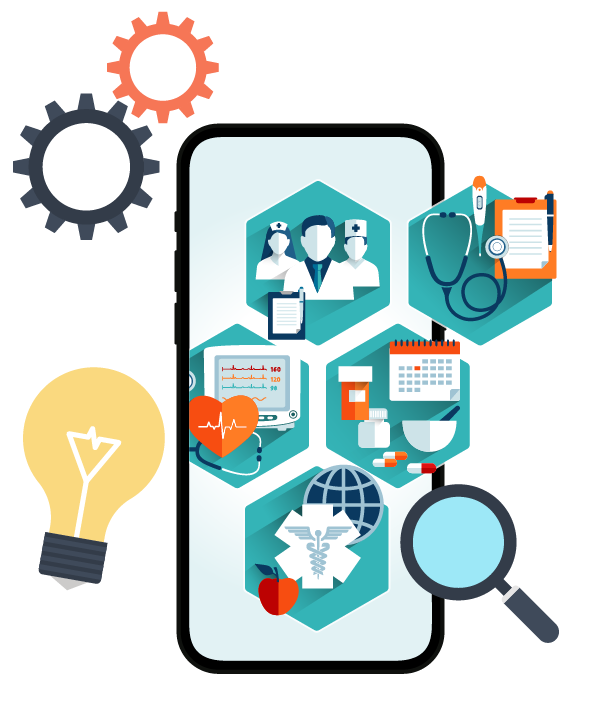
Continuous Improvement to Gain Popularity of the App
During the meetings with the development team, both Mr. Lin and Mr. Pang suggested to cover more eHRs within the sharable scope, such as diagnosis or laboratory reports, for easier viewing and better management of the eHRs by the patients. They also proposed adding more health management functions, such as sending notifications to remind users to consult doctors proactively when their health indexes like the blood pressure or blood sugar level deviated from the normal level. Besides, if more private doctors could be motivated to participate in eHR sharing for establishing connected and collaborated services between the private and public healthcare providers (HCPs), adding App function to facilitate booking healthcare services would raise the usage and penetration rates of the App, which in turn benefit more patients. Nonetheless, they also understood about the technical limitations and many co-ordinated work of various parties currently encountered. They hoped that in the near future, different stakeholders could join hands to further explore the feasibility of introducing new functions of the App to promote the health of the public together.
Mr. Lin supplemented that using smartphone has been very common in the daily life of the young generation but it took time for the elderly to learn the new skills. That explained the relatively lower usage rate of the App among the elderly and it really depended on the Government and different sectors’ promotion, support and coordination to a greater extent. He suggested to organise more workshops to introduce the functions of the App to the elderly at venues like the District Health Centres and Community Centres, so as to strengthen the promotion in district level. He also expected for continuous and more partnership and record sharing between the public and private HCPs, so that the App would become more popular among the members of the public.
Last but not the least, Mr. Pang pointed out that the future development of the App would be relevant to the formulation of the future blueprint for the primary healthcare services previously announced by the government. He considered the future development of the medical system would focus on people-oriented service delivery mode with emphasis on preventive care, with a view to raising the public’s awareness of self-health management and disease prevention, as well as promoting the concept of self-health monitoring. He anticipated that the App’s role would become more and more significant as an integral part of the primary healthcare and the linkage between HCPs and the general public.
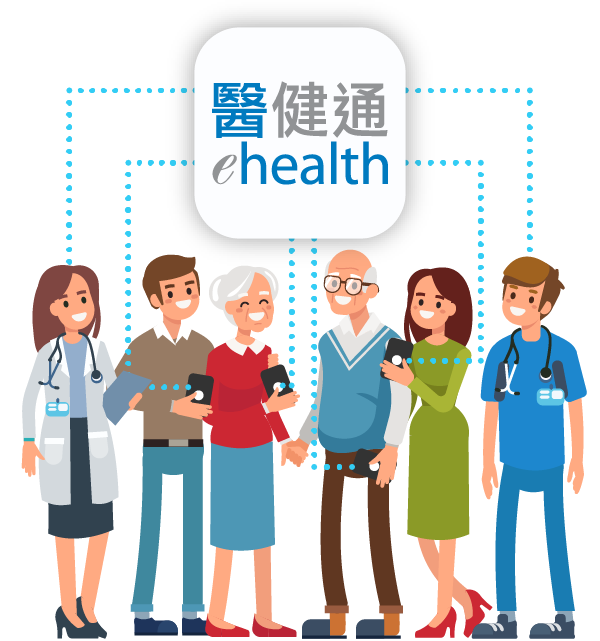
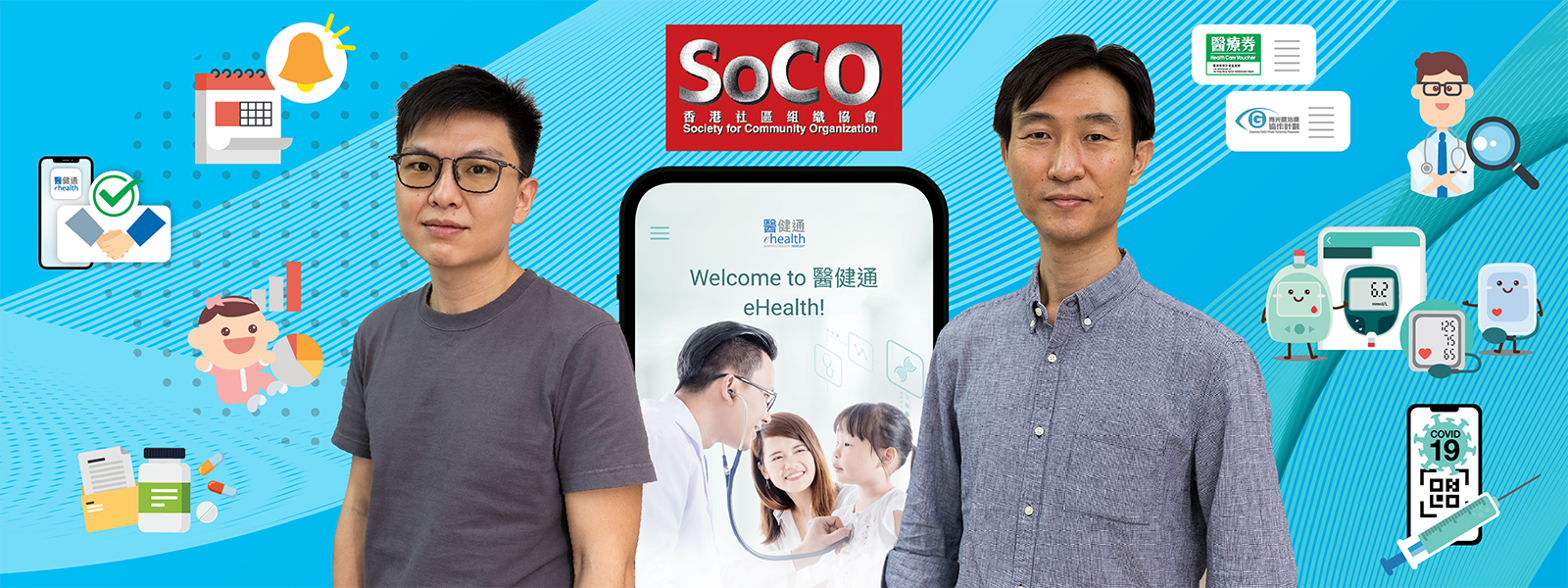




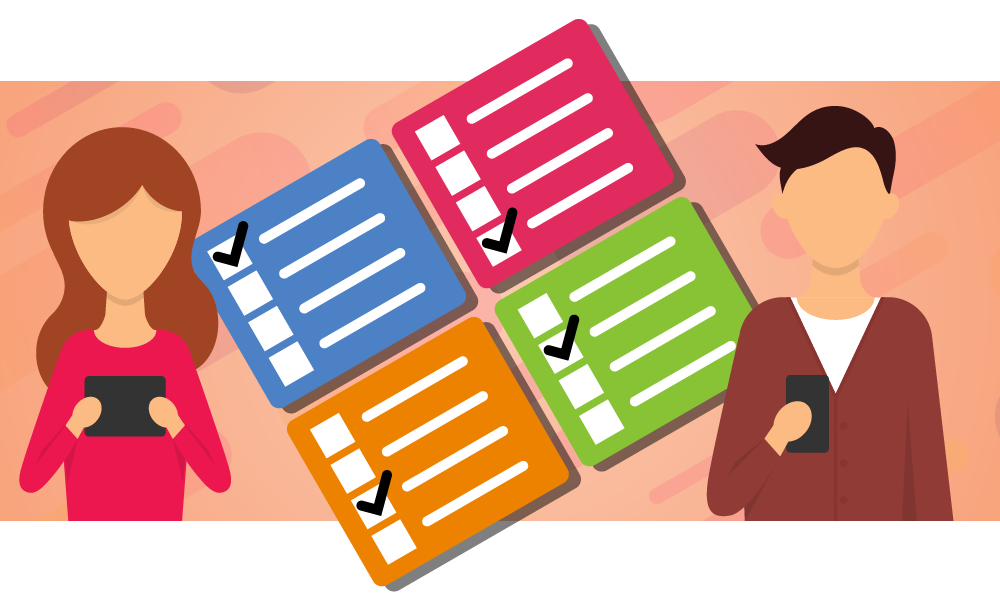
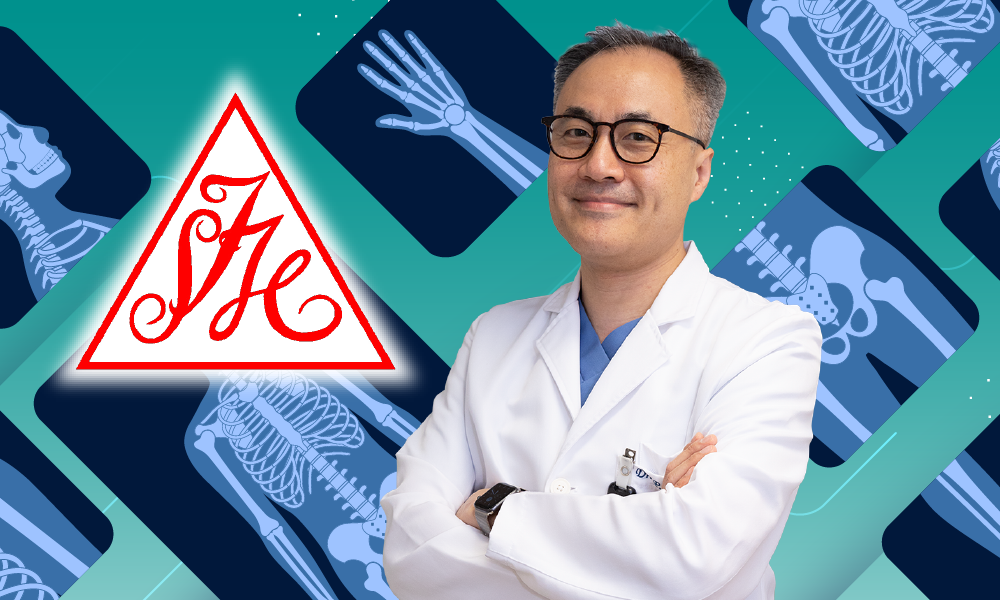
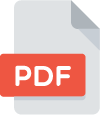 Download PDF (Full Version)
Download PDF (Full Version)



